Nature is always culture
Christophe Girot grew up near London’s Richmond Park. The woods, trails and meadows in the southwest of the city are like a second home to him. At the age of eleven, he moved with his family to Versailles – and what awaited him there could hardly have been more different: out went the tamed wilderness of English gardens, in came the absolutist austerity of the Palace Gardens of Versailles.
At a young age, Girot was impressed by the sheer variety in approaches to designing landscapes. The contrasting impressions he gathered in Paris and London made him aware that every culture perceives and relates to nature in its own way. “To humans, nature is always culture,” he would later write.
Beyond the garden fence
In the early 1980s, Girot attended the University of California, Berkeley, to study for a double Master’s degree in architecture and landscape architecture. From that time on, he understood how these two disciplines are unwaveringly intertwined: “Back then, there was hardly any dialogue between the two. Landscape planning was focused on conserving nature and heritage, while architecture was seeing the dawn of postmodernism and architects were adopting a formal language that distanced them ever more radically from the environment,” he recalls.
For Girot, it was clear even then that the two disciplines belonged together, like two sides of the same coin. “As soon as humans settle down and build a fixed roof over their heads, they must also shape the environment by planting fields, clearing forests and tending meadows. Even today, landscape architecture begins by reaching beyond the garden fence,” Girot says.
Designing Berlin's Invalidenpark
After ten years in the United States, Girot returned to Versailles in 1990 to take up the Professorship of Landscape Architecture at the École Nationale Supérieure de Paysage. Girot was also active as a practitioner during this period through his studio, “Phusis”, designing parks in Paris and some smaller French towns.
In 1992, Girot’s design for Berlin’s Invalidenpark proved to be his greatest landscape architecture success up to that point, for which he was later awarded the Fritz Schumacher Prize. The fact that the Germans had commissioned a Frenchman to redesign this symbolic site on the border between East and West Berlin was considered a sensation at the time.
What made Girot’s design particularly striking was its large pool of water into which a granite wall appears to be sinking. “The park created a place for people to meet in a city that had been reunified for only a few years, and at the same time it reminds us of the Berlin Wall, which stood nearby,” he explains.

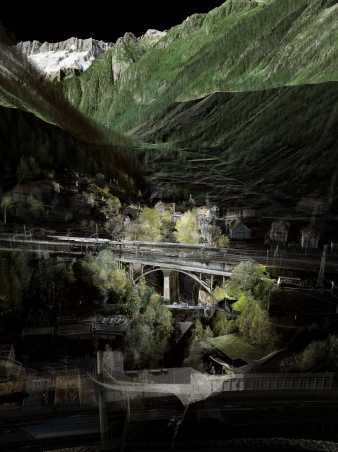
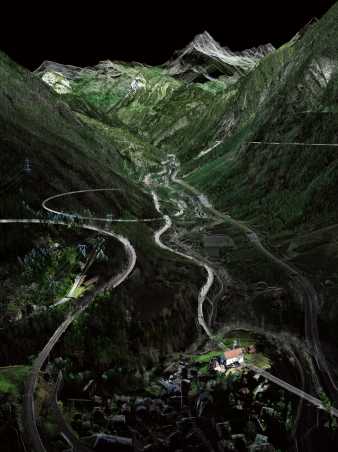
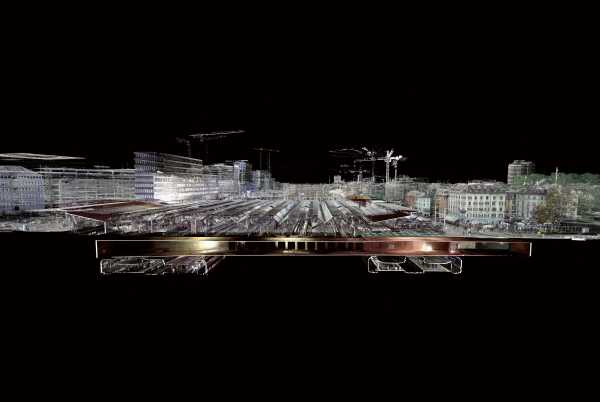
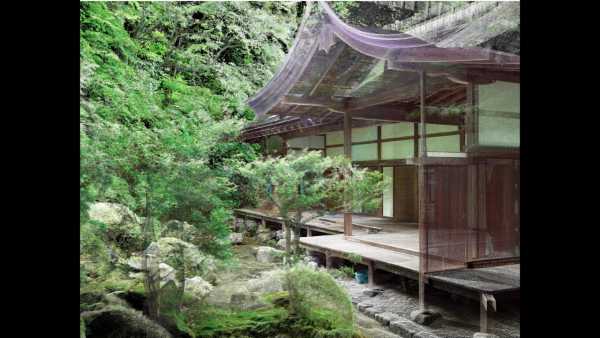
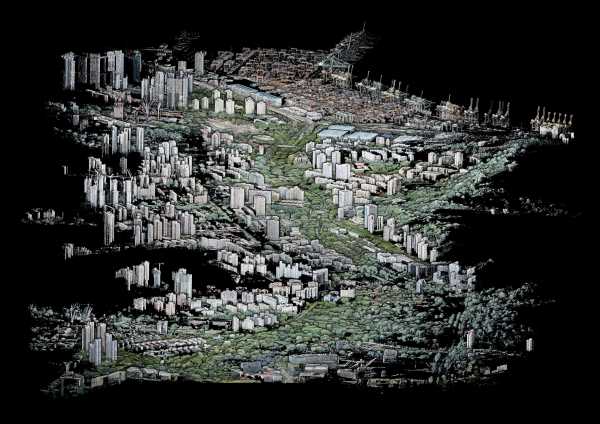

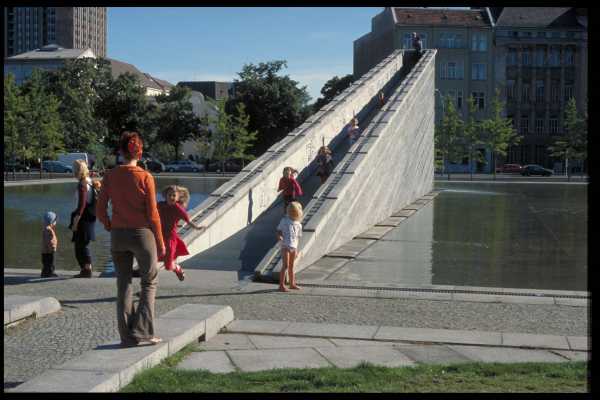

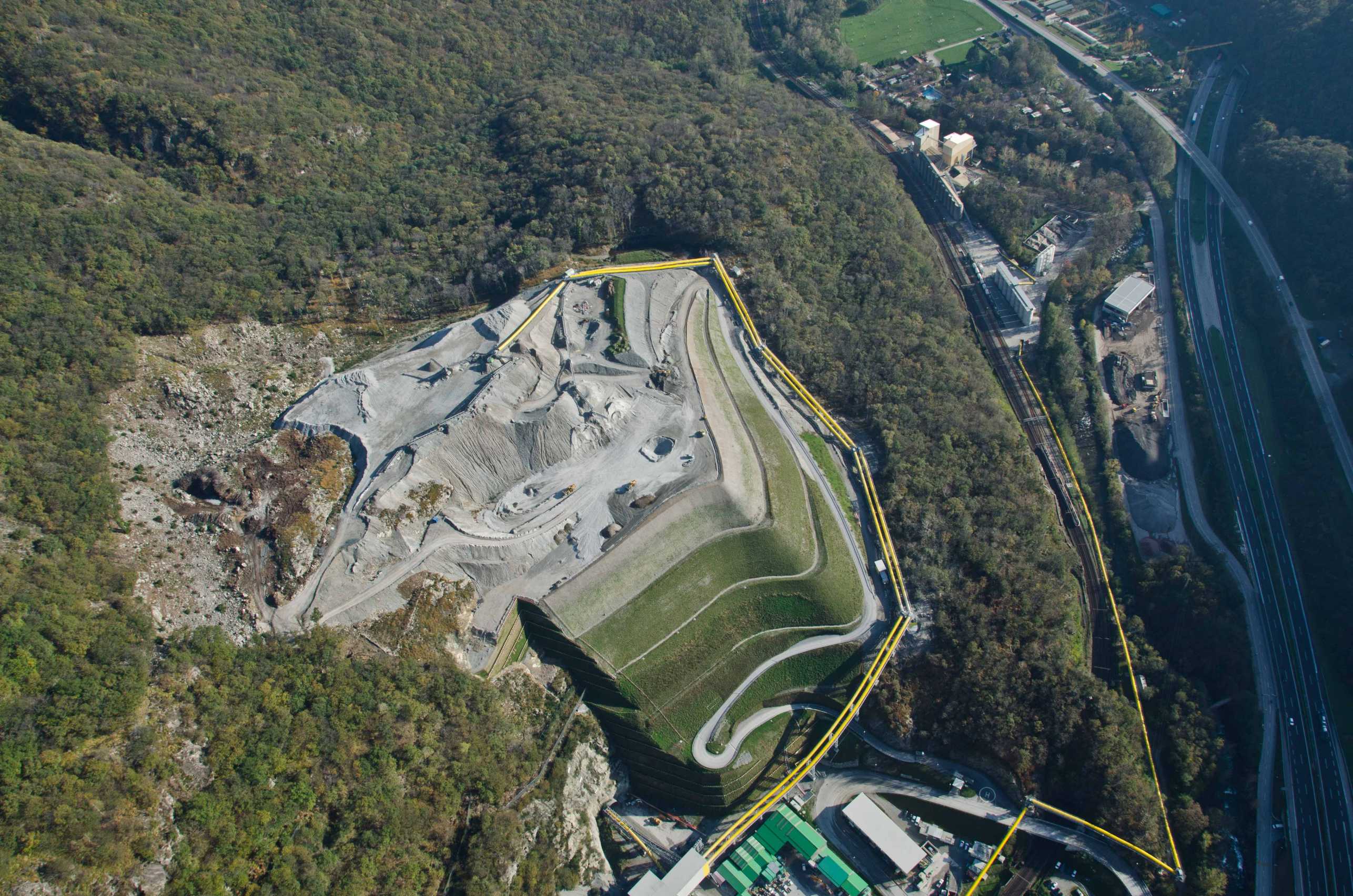
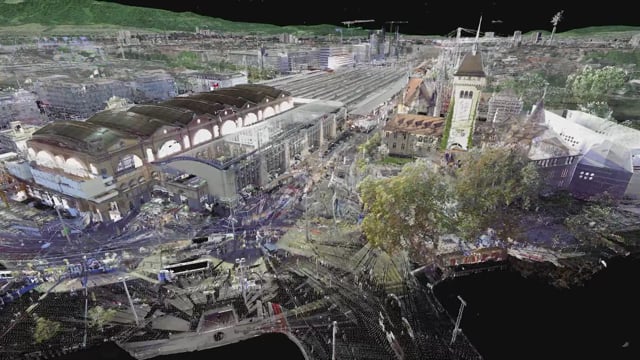



Comments
No comments yet